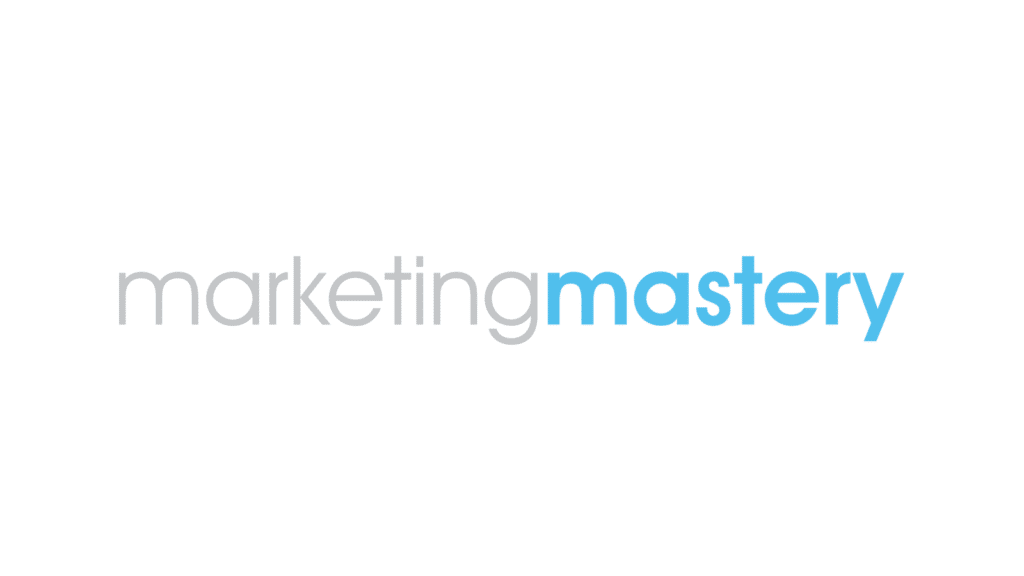And what can you learn from them?
Your best customers are the bread-and-butter of your business. Who are they? Write down the traits you like and desire in your top customers. If you can define them, you can sharpen your marketing to go after more of them. But honing in on this can be a challenge, so let’s start with the opposite.
Think first about your worst customers. Yeah, those guys! You know who I’m talking about. You know exactly what you dislike about them. They may be difficult and demanding, but your worst customers can also be your greatest teachers. What can you learn from them? Take a minute to jot down what makes them the worst, and then consider the opposite.
Try this exercise with a few of your less desirable customers, like this:

Write down the things you dislike about your worst customers, then write the opposite, which is a quality you want in your customers.
Do the same thing with a handful of your best customers. What are the things you like about them? You may never have consciously made such a list. You might surprise yourself.
Some customers may be in both lists. There are things you love about them, and things you hate. “They bring us a steady stream of interesting work, but they have to get approval from the head office back east for any little change.”
The act of writing down the qualities you want in your desired customers will help bring them to you. You can refine your message and focus your marketing to reach them.
There are some pairs on this list — like “slow pay” and “pays on time” — that won’t help you with your marketing directly. Hard to know upfront if somebody will pay on time. But identifying these helps you adopt policies that correct the negatives. For example: Deal with slow payers by insisting they pre-pay, or pay using a credit card.
Profile your desired customers. You’ll soon spot patterns of criteria that help you profile what you want. For example:
“Our target customer: Small to mid-size company, run by owner, within 30 miles of us. Job size between $1,000 and $10,000. Is getting no more than one other bid for this job.”
Not all customers are created equal. Don’t waste time and energy on the ones that don’t make you money.
Exercise. Try this with a few of your customers, both good and bad. See how you can use this to refine the profile of your desired customers.
Question? If you try this and run into difficulty, ask us a question in the Comments section. We’ll give you a bit of free coaching by answering it if we can in the comments.
Next up: What size customers are best for you?
And what can you learn from them?
Your best customers are the bread-and-butter of your business. Who are they? Write down the traits you like and desire in your top customers. If you can define them, you can sharpen your marketing to go after more of them. But honing in on this can be a challenge, so let’s start with the opposite.
Think first about your worst customers. Yeah, those guys! You know who I’m talking about. You know exactly what you dislike about them. They may be difficult and demanding, but your worst customers can also be your greatest teachers. What can you learn from them? Take a minute to jot down what makes them the worst, and then consider the opposite.
Try this exercise with a few of your less desirable customers, like this:

Write down the things you dislike about your worst customers, then write the opposite, which is a quality you want in your customers.
Do the same thing with a handful of your best customers. What are the things you like about them? You may never have consciously made such a list. You might surprise yourself.
Some customers may be in both lists. There are things you love about them, and things you hate. “They bring us a steady stream of interesting work, but they have to get approval from the head office back east for any little change.”
The act of writing down the qualities you want in your desired customers will help bring them to you. You can refine your message and focus your marketing to reach them.
There are some pairs on this list — like “slow pay” and “pays on time” — that won’t help you with your marketing directly. Hard to know upfront if somebody will pay on time. But identifying these helps you adopt policies that correct the negatives. For example: Deal with slow payers by insisting they pre-pay, or pay using a credit card.
Profile your desired customers. You’ll soon spot patterns of criteria that help you profile what you want. For example:
“Our target customer: Small to mid-size company, run by owner, within 30 miles of us. Job size between $1,000 and $10,000. Is getting no more than one other bid for this job.”
Not all customers are created equal. Don’t waste time and energy on the ones that don’t make you money.
Exercise. Try this with a few of your customers, both good and bad. See how you can use this to refine the profile of your desired customers.
Question? If you try this and run into difficulty, ask us a question in the Comments section. We’ll give you a bit of free coaching by answering it if we can in the comments.
Next up: What size customers are best for you?




